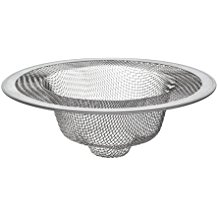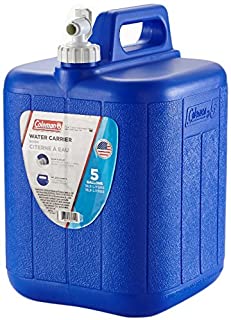Table of Contents
Gray water
Gray water is water that has been used for some non-sewage purpose. Examples:
- shower or sponge bath water
- dishwashing water
particulates
 Using a fine-mesh sink strainer or similar to remove food particulates reduces the likelihood of unpleasant smell. Straining is particularly important if stealth draining (see below) to avoid unsightliness, reduce visible evidence, and avoid attracting flies and bears.
Using a fine-mesh sink strainer or similar to remove food particulates reduces the likelihood of unpleasant smell. Straining is particularly important if stealth draining (see below) to avoid unsightliness, reduce visible evidence, and avoid attracting flies and bears.
gray water disposal
Gray water is held in different ways depending on the dweller's RV setup:
- plumbed systems - held in tanks similar to fresh water tanks until dumped into dump station or similar.
- water#unplumbed|unplumbed systems - held in buckets or portable tanks until dumped into toilet, sump station, or other appropriate location. This is how most vandwellers do it and is the focus of this article.
It is common, though not universally smiled upon, to stealthily drain gray water over grassy areas, drains, etc. The public perception of stealth draining may be far worse than the reality of it, especially if one uses biodegradable soap and strains food particulates from dishwashing water. For safety and neighborliness, follow location guidelines one might use for a cathole toilet.
To increase stealth locate the drain on the camper so you can easily and stealthily release into grass (near back bumper, etc). Drain only at night; not only does this reduce the chance of being spotted but also gives any damp ground a chance to dry up by morning.
Legality of draining wash water on BLM land
Although the Code of Federal Regulations (CFR) found at 8365.1-1 (3) generally excludes “wash water” from BLM’s prohibition against draining or dumping, it can be specifically prohibited by Supplemental Rules issued for a specific area. This applies equally to RVers and tent campers. – 1)
gray tanks

It is common for vandwellers with sinks to drain those sinks directly into a container. The most common receptacles are 5-to-7-gallon fresh water jugs - don't mix up your fresh and gray water! Fresh water containers are typically blue, just as gasoline jugs are red and diesel jugs yellow.
A jug with an upward-facing mouth may be easier to route water into.